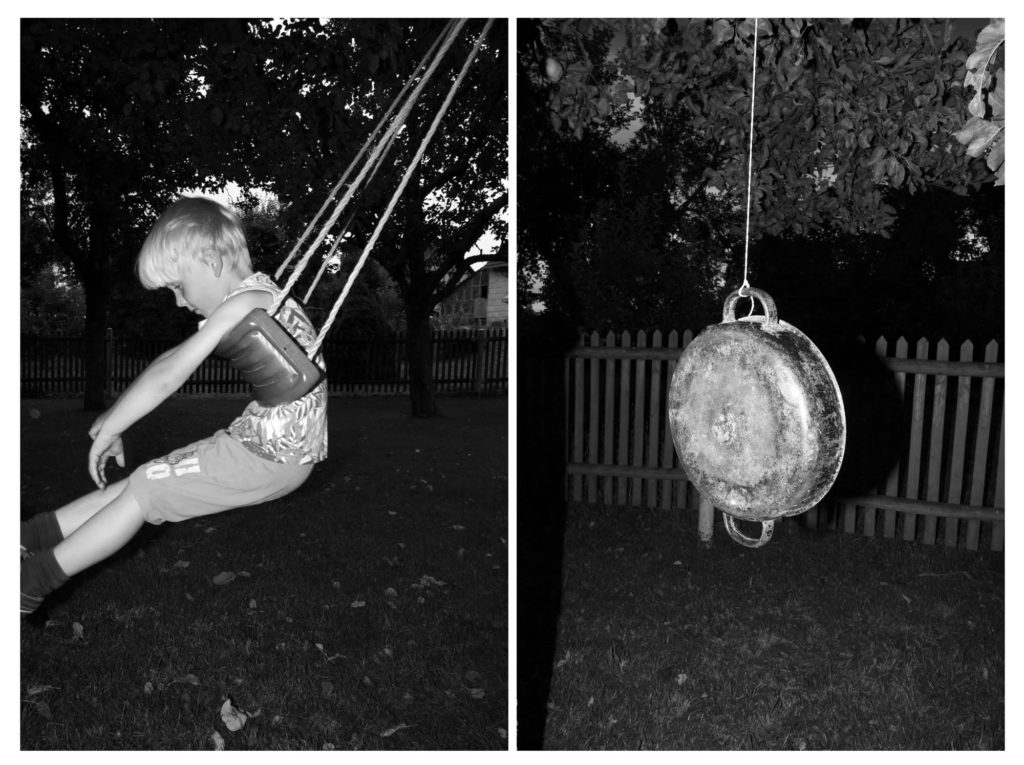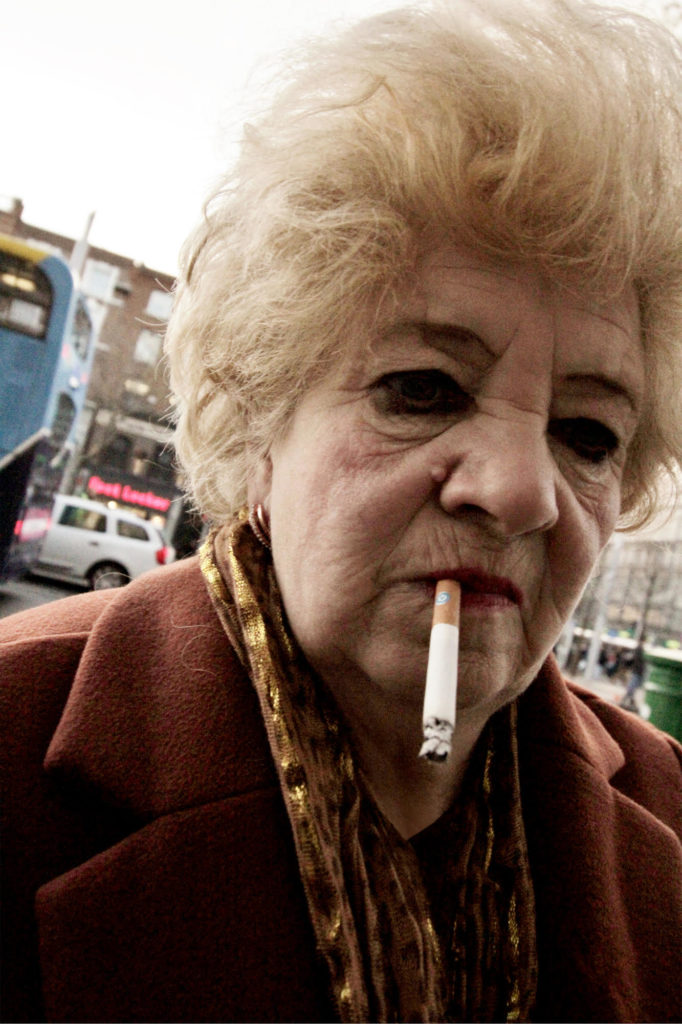
WHO?
My name is Albin Brassart, I am 46 years old and I live in Paris, but not for much longer. The mountains, the Alps, and another life is calling me, my wife and my two daughters.
I work as a television and documentary cameraman; I write stories, I take pictures, I take care of my daughters a lot and I try to get 6 hours of sleep.
I discovered photography because my father was a still life photographer. I spent a lot of time in his studio, but never learned anything until he gave me his Nikkormat and a 35mm lens—which was gathering dust—for my 16th birthday. From then on, I started buying all kinds of cameras, completely possessed and obsessed with photography.
I quickly discovered that photography has the double power to reconnect you to life, to be in direct contact with reality, with others, to push you to go out, to wander in search of the unexpected and unknown, while also allowing you to focus on yourself.
To me, photography has been a savior throughout the years. I’ve always needed photography, helping me to “hold” and “remember” what is going on around me, whether on my travels or in my daily life.
I am an eternal amateur; eternally curious, eternally amazed by this process.
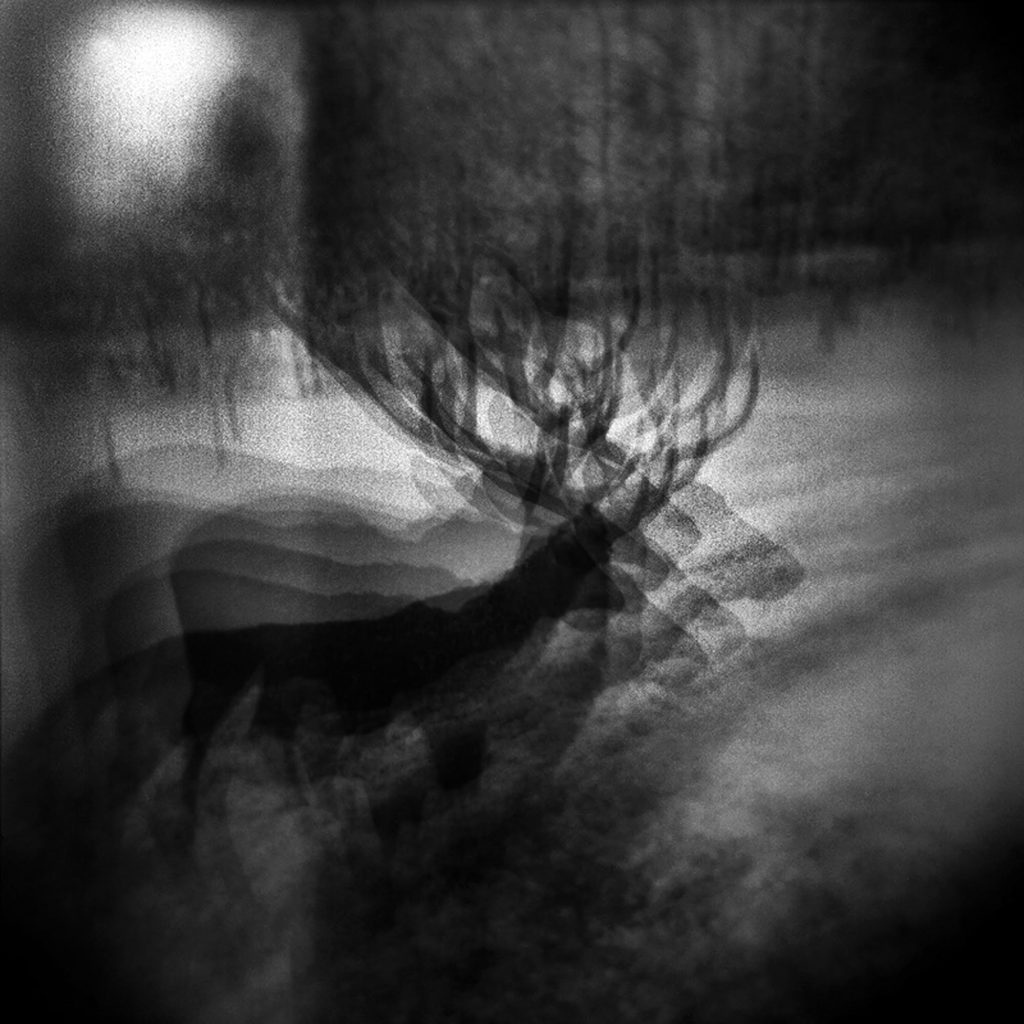
WHAT?
I do not have a specific topic nor a systematic approach. Places very often dictate to me what to do and how to do it, and I find “fabric” there to photograph. I often prefer the dilapidated places, rich in a past or in full transformation and mutation. I adore translating the emotion of these places which are steeped in history, with all their shapes and faults.
I usually like to take my time (with my year-long projects “Details of Dietlas” and “The Power of Dreams”, or my 2-month long Mongolian project “Pax Mongolica”). Though sometimes I also like to work fast (as with my series “Dubliners”, made in the streets of Dublin in one crazy and completely unexpected day).
I also allow myself to change cameras according to my desire of the moment, be it film or digital, Holga, Horizon 202, Mamiya C330, Lubitel, Canon EOS 60D, Minox 35 GT, Polaroid SX-70, Pinhole camera, Lomo LC-A, in color or in black and white. I like to change as soon as I finish a series.
Rather than privileging the individual image, I am very interested in playing with images. By grouping them into diptychs, I suggest narrative associations across various stories and geographies, playing on the tensions between reality and representation, meaning and ambiguity. I like to play with the dialogue between two images to create a “third” image in the mind of the viewer: it is the whole story of the couple, two individuals who create a third party. Or wanting to make a couple with someone, have children, create a bond and maintain it, then “freeze” it through photography.
And I would be happy if people walk into my photos with their personal cartography, where their own memories and experiences find an echo.
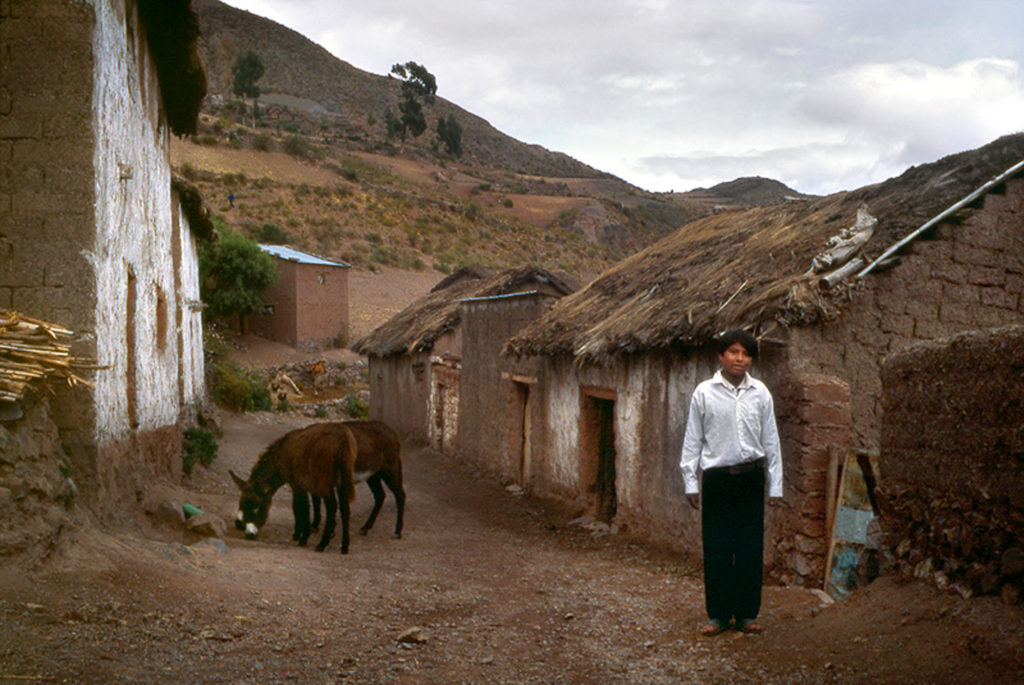
WHERE?
Photography, for me, is very physical. I walk a lot when taking pictures. I walk and I photograph, and all my senses are awakened; I am in a daze. It’s all very intuitive. I like to walk, to wander, to get lost. I have traveled quite a lot for the sake of discovery and for my work (Europe, Central Asia, South America) but certainly also to take pictures. I allow myself to wander here and there, let myself be carried away by the wind, the ardor, by an indefinable sensation, a hazardous impression or even a revelation. The place, very often, is the trigger of my desire and my series.
Rather reserved by nature, photography allows me to be more enterprising, closer to people and to venture out everywhere. It’s not an excuse, it’s just complementary, inseparable for me. And it’s also true that I need to be outside my usual surroundings, to be somewhere else, as a foreigner, even if I’m in my own country. Emotions then flow. The gaze becomes more sensitive.
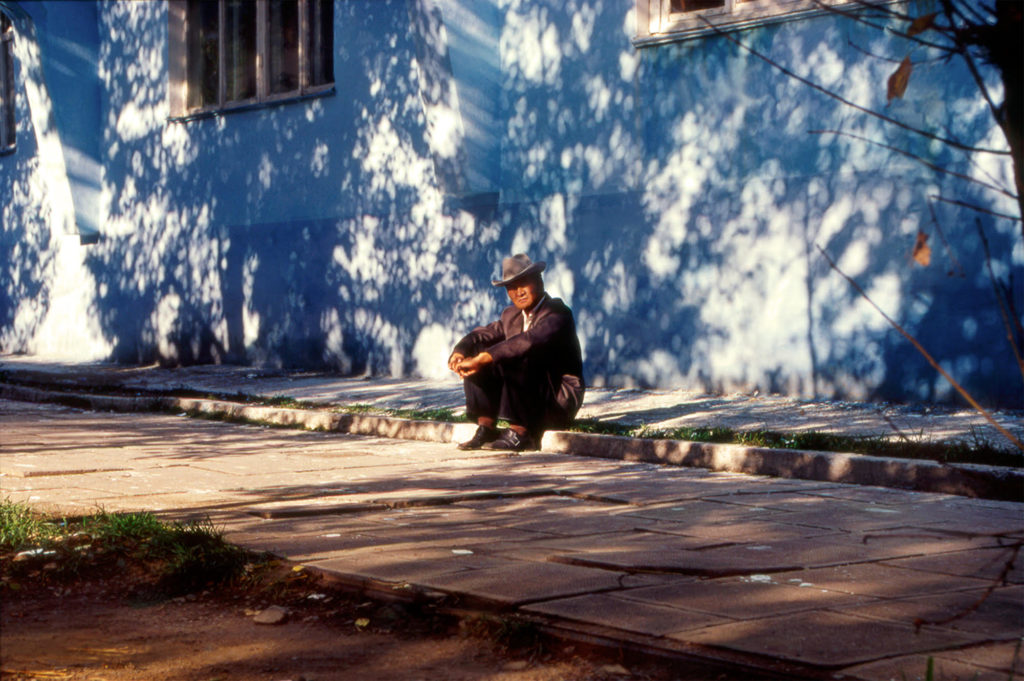
WHEN?
If I knew how to play music, I would be a musician. But since I don’t know, I carry my camera around with me like I would carry a guitar or a ukulele if I knew how to play it.
Photography is an irrepressible need. It’s my drug. And like anyone with an addiction, I “annoy” everyone with my photography, with my cameras. My family, my in-laws, my wife, my daughters, my friends, strangers. I’m a bit of a bother with that, I admit. But people are all happy to have pictures of themselves and their loved ones, memories in photo albums to consult on Christmas, birthdays or lonely evenings. There are freaks out doing this…and I’m one of them.
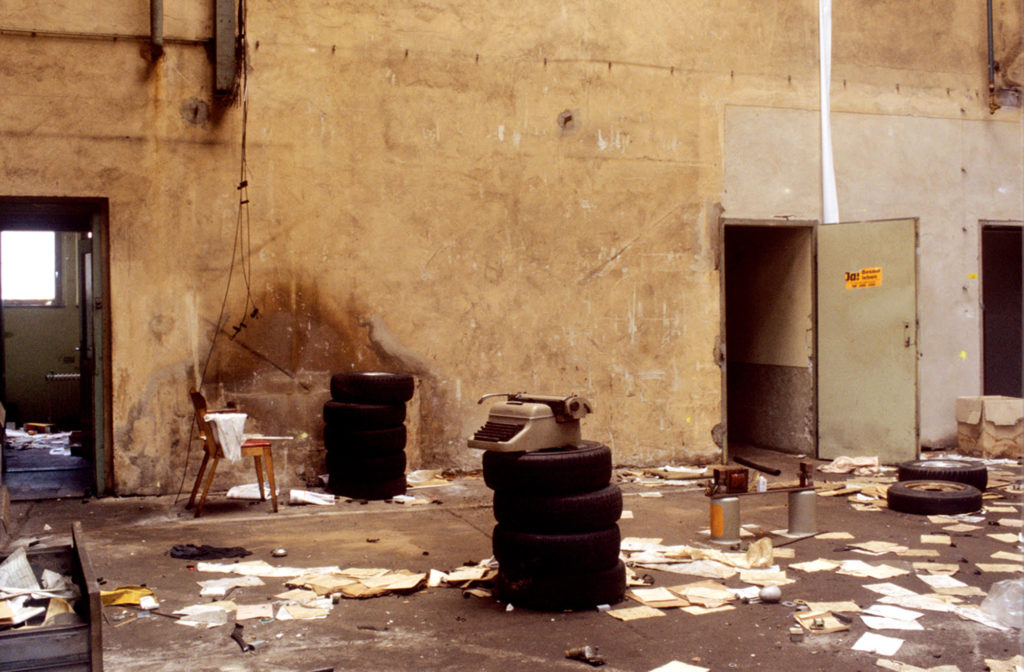
WHY?
Photography, along with writing, are the two things in the world that I can control. I do as I feel. No one dictates anything to me. I am free with photography. I let myself be guided by my instinct, my emotions, my feelings, my mood and my humor of the moment.
I do not plan anything. I do not force anything. I want to let myself go to reach this state of opening of the perception. And working on instinct also means I only take one photo of a subject each time. This has become a “rule”, maybe the only one I give myself.
I am 46 years old now and since having a camera in my hands, the sense of freedom that photography gives me has never left me. I don’t take pictures to give explanations or to find answers to questions. I do not try to justify and define my photographic approach and my series. I take photos to show and to remember what I think is important; to not forget and to extricate it from the daily stream of things that would otherwise be doomed to oblivion. A work of excavation, and conservation of traces.
My daily life is not only documented but also shaped by the desire to create series, sequences that take the form of handmade notebooks, zines and newspapers. I simply make photo albums.
